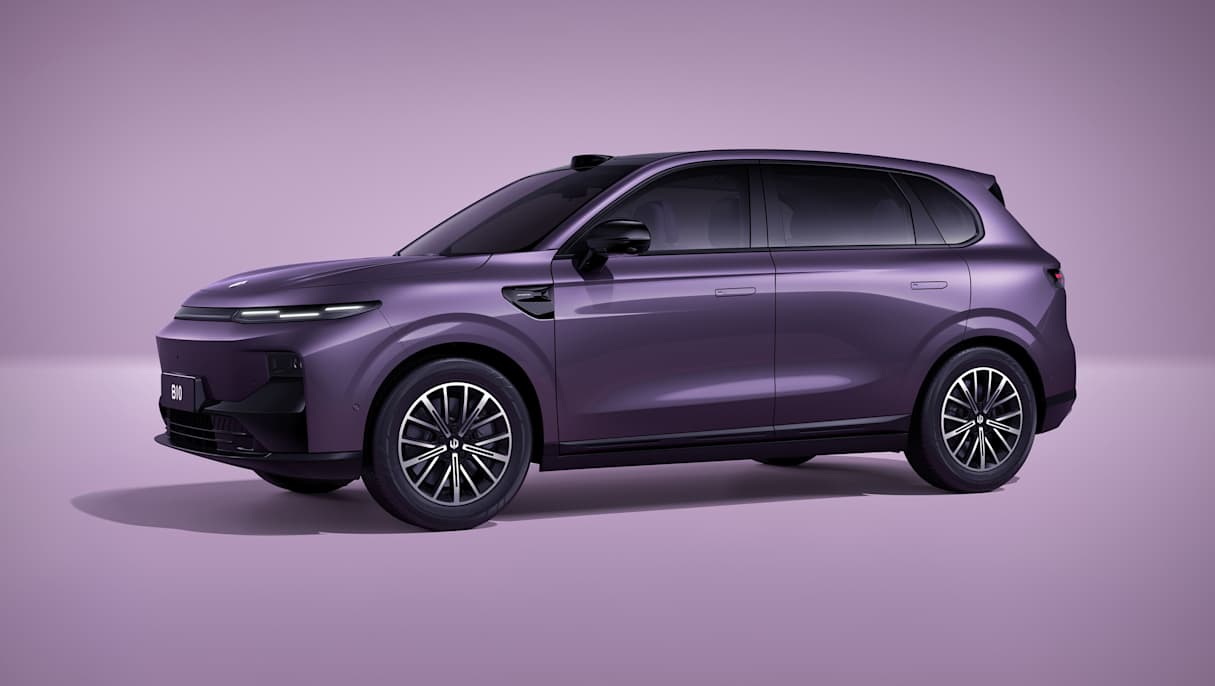Fledgling carmaker Leapmotor intends to make a splash in the small hybrid SUV space late this year with the launch of the B10 REEV.
An electric vehicle (EV) with a range-extender (RE) petrol engine (hence REEV), the small SUV series from China only debuted last September at the Paris motor show, and is scheduled to arrive in Australia in about October from around $35,000 drive-away.
To put that price in context within the B10’s size category, that would be below today’s base Toyota Corolla Cross GX hybrid, Hyundai Kona HEV and MG ZS Hybrid+, while amongst the more-apt PHEV set, the just-discontinued Mitsubishi Eclipse Cross PHEV started from $47,790 before on-road costs.
After that, the next cheapest PHEVs are larger SUVs like the BYD Sealion 6 from $49K BOC and Haval H6 GT from $56K d/a, but they will compete against Leapmotor’s C10 REEV when it arrives later this year from $45,990 d/a.
And pure electric small SUVs won’t be spared the Leapmotor price onslaught, either, with the B10 pure electric poised to follow suit next year. Adding about $2000 to the REEV’s price, it should still kick off comfortably under $40K d/a, to compete against the smaller BYD Atto 3, as well as the Chery Omoda E5 and MG ZS-replacing S5 EV.
Keen to know more about the B10 REEV? So are we, as PHEV sales rocketed 100 per cent year-on-year in 2024, but Stellantis isn’t saying. Maybe that’s because it has not yet even been introduced in China at the time of publishing, so details remain sketchy.
Local reports suggest that both B10s leverage Leapmotor’s upgraded LEAP 3.5 800-volt architecture, employing a centrally mounted cell-to-chassis-integrated lithium ferro phosphate (LFP) battery pack that’s available in two sizes, and powers a front-mounted electric motor to drive the rear wheels.

Whether the B10 REEV uses the same internal combustion engine (ICE) as its sibling hasn’t yet been confirmed.
The C10 REEV features a 158kW/320Nm 1.5-litre four-cylinder unit, charging a 28.4kWh battery via a 50kW on-board generator, and is capable of an all-EV driving range of 145km, or 970km combined (both WLTP figures), while averaging just 0.9L/100km. We understand that the smaller SUV’s figures will be even better.
Not having the ICE connected to the axle is a clear distinction between the B10 REEV and more-traditional PHEVs like Mitsubishi’s PHEV set-up, which uses a 2.5-litre petrol engine to both charge the battery and power the driven wheels.

The B10 EV, meanwhile, features a rear-mounted electric motor making 160kW of power and 240Nm of torque, for a healthy 6.8 seconds in the 0-100km/h sprint time.
What else do we know about the wee Leapmotor SUV?
It isn’t that small really. Sitting on a 2735mm wheelbase, the B10 measures in at 4515mm long, 1885mm wide and 1655mm tall, meaning that it isn’t too far off the C10 that corresponds at 2825mm/4739mm/1900mm/1680mm respectively.

The B10 is the seventh model to be unveiled since the brand began in 2015, behind the S01 EV sporty coupe (2019), T03 EV city hatch (2019), C11 EV/REEV coupe SUV (2020), C01 EV/REEV sedan (2022), C10 medium SUV (2023) and C16 EV/REEV large SUV (2024).
To bring you up to speed, Stellantis owns a 21 per cent share in Leapmotor and a 51 per cent slice in Leapmotor International that conducts all activity for the brand outside of China. Distribution in Australia is currently through Stellantis’ Fiat, Alfa Romeo and Jeep dealer network.






















.jpg)

